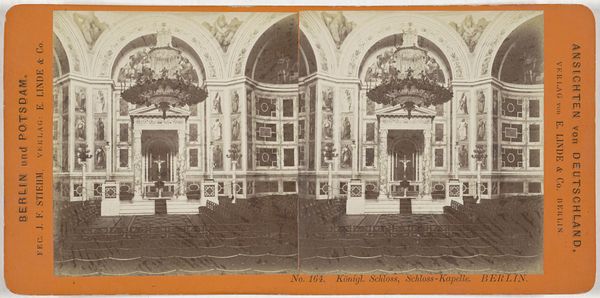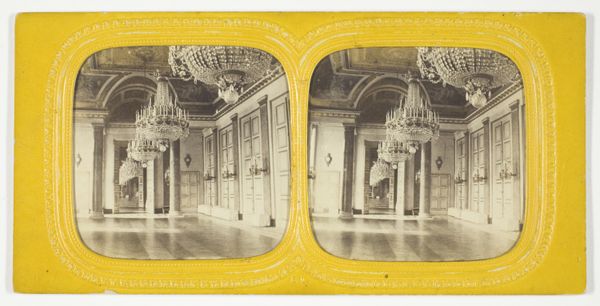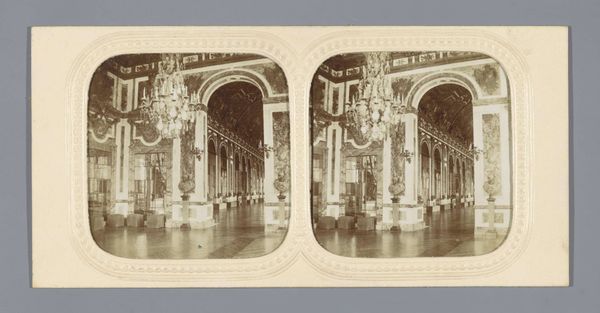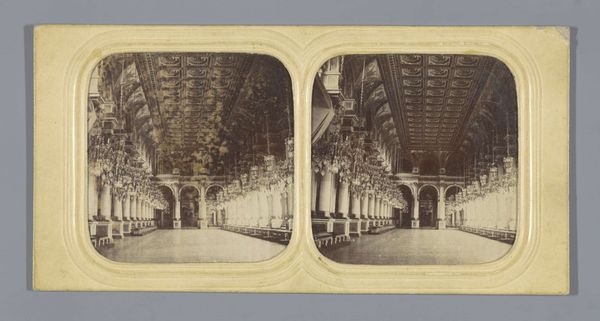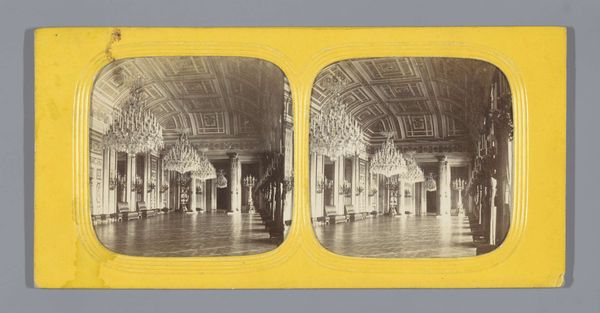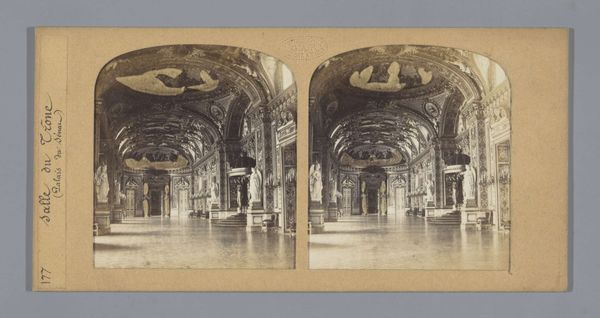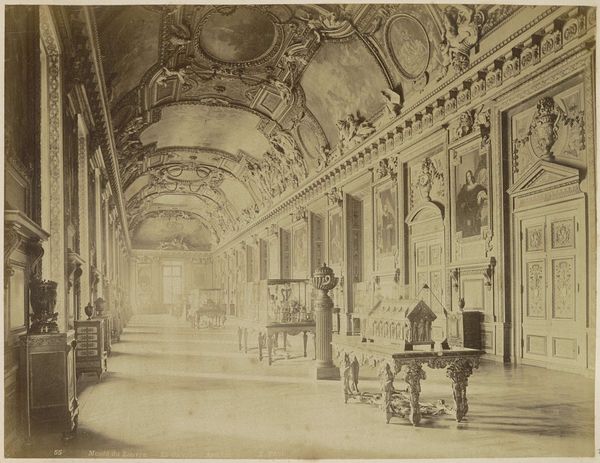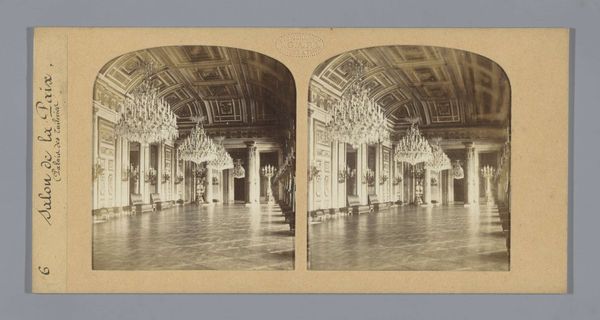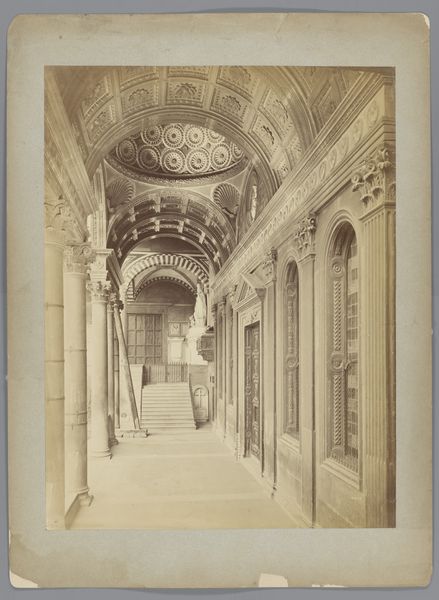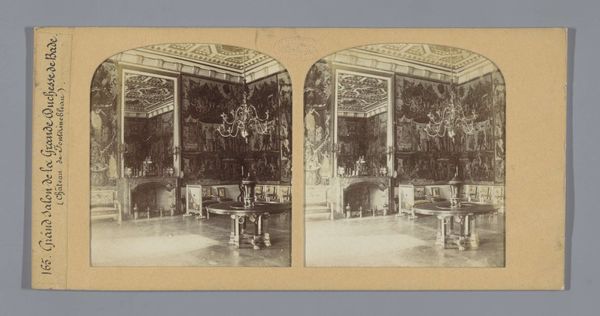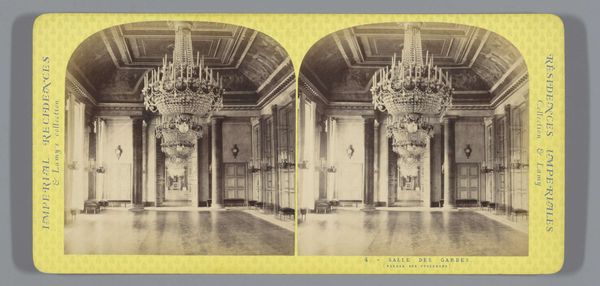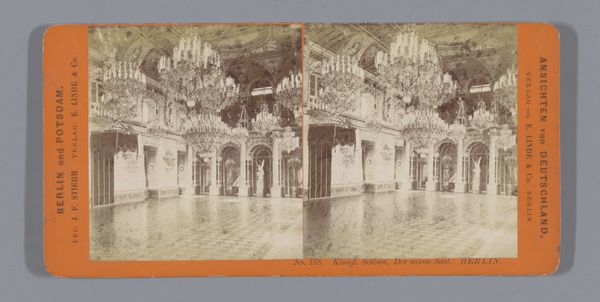
sculpture
#
sculpture
#
incomplete sketchy
#
charcoal drawing
#
possibly oil pastel
#
charcoal art
#
unrealistic statue
#
carved into stone
#
underpainting
#
sculpture
#
watercolor
#
statue
Dimensions: height 85 mm, width 170 mm
Copyright: Rijks Museum: Open Domain
Editor: This piece, "Galerij in het Palazzo Colonna te Rome," dating from around 1890 to 1910, depicts what looks like a grand gallery space, filled with statues. There's a sketchiness to the work, almost dreamlike. What's your interpretation of it? Curator: It feels like stepping into a half-remembered dream of Italian grandeur, doesn't it? Imagine the artist, perhaps with sunlight dappling the cool marble, capturing this imposing space in fleeting charcoal strokes. I find the statues so intriguing – almost like ghostly residents observing us, the viewers. There's a beautiful tension between the solid architecture and the ethereal quality of the rendering. Do you sense any particular emotion or narrative being conveyed, or is it purely about the visual spectacle? Editor: I see the spectacle, for sure, but maybe also a touch of melancholy? The sketchiness, as I said, and the sepia tones create this faded sense of time passed. The statues feel more like relics than triumphs. Curator: A brilliant observation. The monochrome palette undeniably whispers of nostalgia and reflection. Perhaps the artist intended to evoke a dialogue between the grand ambitions of the past and the transient nature of time itself. I wonder if they meant to highlight how even monuments eventually surrender to the relentless flow of history. Did you pick up on anything interesting related to light effects, or the spatial composition of the piece? Editor: I like how the light emphasizes the statues’ forms, and it emphasizes depth too, how far into the gallery it is, the vanishing point is very dramatic. It adds to the sense of scale. I hadn't thought about how the work captures time so well, like the grand building itself is fading… that’s haunting, in a beautiful way. Curator: Yes, beautiful and haunting! I now have a fresh appreciation of how atmosphere and place evoke emotion, which can change one’s whole perspective on history. Thanks for drawing out that interpretation.
Comments
No comments
Be the first to comment and join the conversation on the ultimate creative platform.

